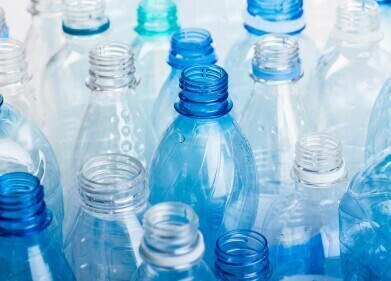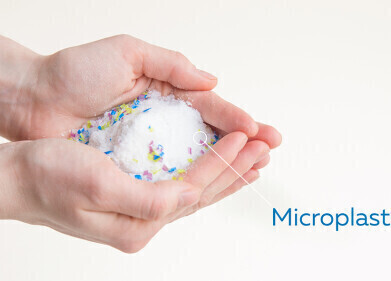Microplastics Analysis
Where Do Microplastics Come From?
Feb 07 2021
Microplastics are tiny pieces of plastic that are generally 5mm in diameter or smaller. Awareness surrounding the ubiquity of microplastics in our environment has been increasing in recent years, along with corresponding concern about the detrimental effect that microplastics may be having on animal and human life.
But where exactly do these microscopic particles of plastic originate? There are a wide variety of different sources of microplastic pollution – all of which are sadly caused by anthropogenic activity. Here’s a quick rundown of where microplastics come from, the potential effects of prolonged exposure to them and suggestions on how to reverse this worrying trend.
Primary and secondary
Generally speaking, microplastics can be divided into two categories: primary microplastics and secondary microplastics. The former definition refers to plastics that are specifically designed to be tiny in size on purpose to serve a particular function, for example, as an abrasive in shower gels, face scrubs and toothpastes. However, after the possible dangers of microplastics came to light, these have been banned in many countries around the world, including the UK and the USA.
Secondary microplastics, on the other hand, are created when larger plastic items break down. This could involve all sorts of sources, from the tread on tyres being eroded as they are driven to a fleece losing microplastics in a washing machine to a plastic bottle being degraded by the elements. Secondary microplastics comprise the lion’s share of microplastics in our environment.
What are the effects of microplastics?
Research surrounding microplastics is still in its infancy, with the scientific community striving to expand its understand our exposure, especially with regard to airborne microplastics. However, we do know that much of the microplastic waste ends up in our seas and oceans, where it can be mistaken for food by fish, crustaceans and marine mammals.
Although the exact ramifications of this are not fully understood, these tiny pieces of plastic are thought to be capable of damaging the internal organs of the animals which ingest them. Even if the effect on their bodies is benign, microplastics can occupy space in their stomach and trick them into thinking they are full, all the while providing no nutritional benefit whatsoever.
What can be done?
The best course of action for reducing the amount of microplastics in our environment is, of course, to prevent them from arriving there in the first place. The ban on primary microplastics is an excellent start, but more must be done to stop the spread of secondary microplastics leaching into our waterways. This can begin with a reduction in the amount of plastic we all consume, instead attempting to reuse and recycle items as much as possible.
Research is ongoing into more novel methods of cleaning up microplastic waste. One particularly interesting technique that is being trialled at the moment is the unique combination of forensic science and artificial intelligence, whereby sophisticated modelling software is used to predict and pre-empt the release of microplastics into the environment by stopping them at their source.
Digital Edition
IET 34.2 March 2024
April 2024
Gas Detection - Biogas batch fermentation system for laboratory use with automatic gas analysis in real time Water/Wastewater - Upcycling sensors for sustainable nature management - Prist...
View all digital editions
Events
Apr 30 2024 Melbourne, Australia
Apr 30 2024 Birmingham, UK
May 03 2024 Seoul, South Korea
May 05 2024 Seville, Spain
May 06 2024 Minneapolis, MN, USA


-and-Müfide-Aydoğan-Ahbab-(right)[1].jpg)
















